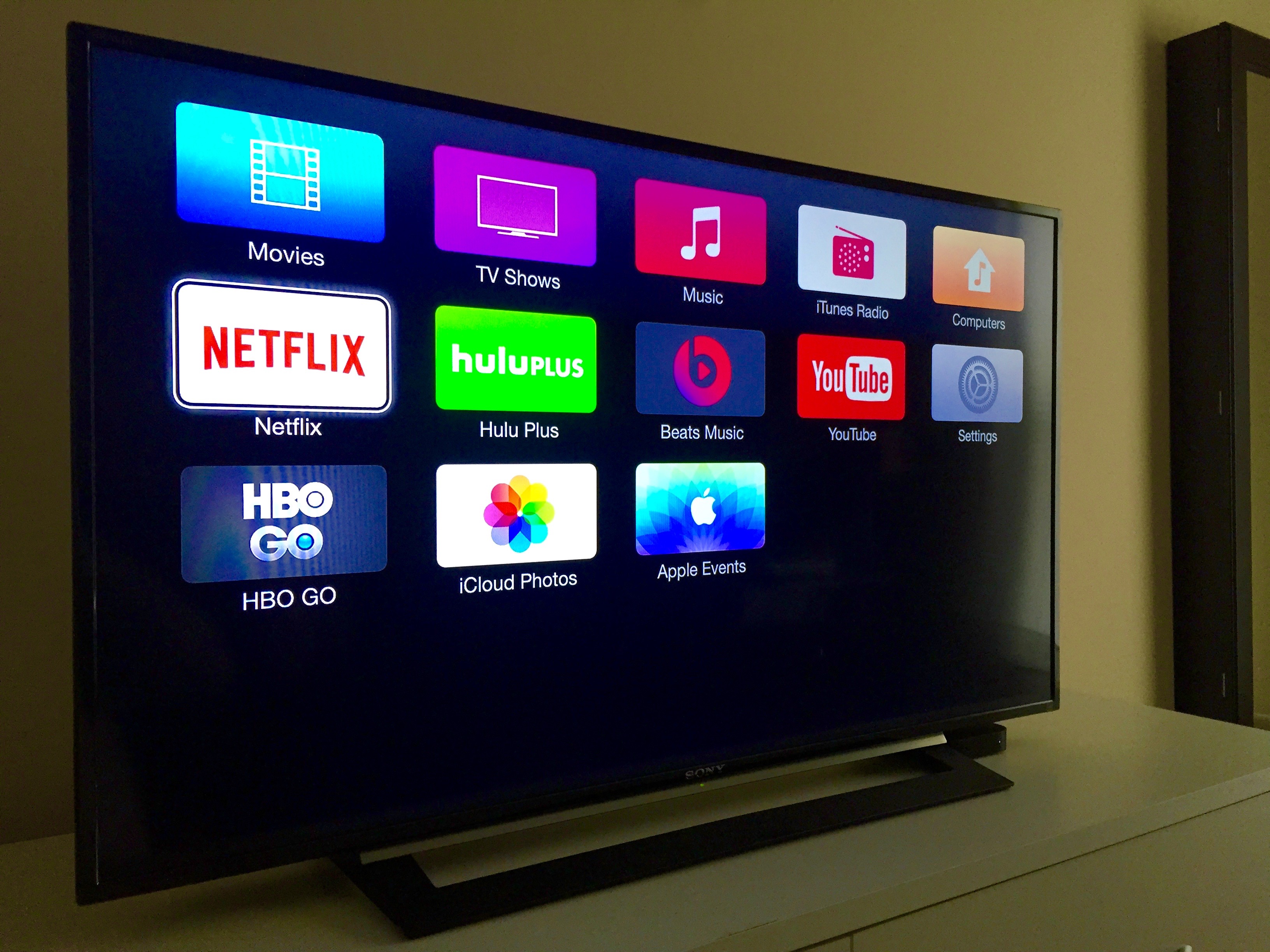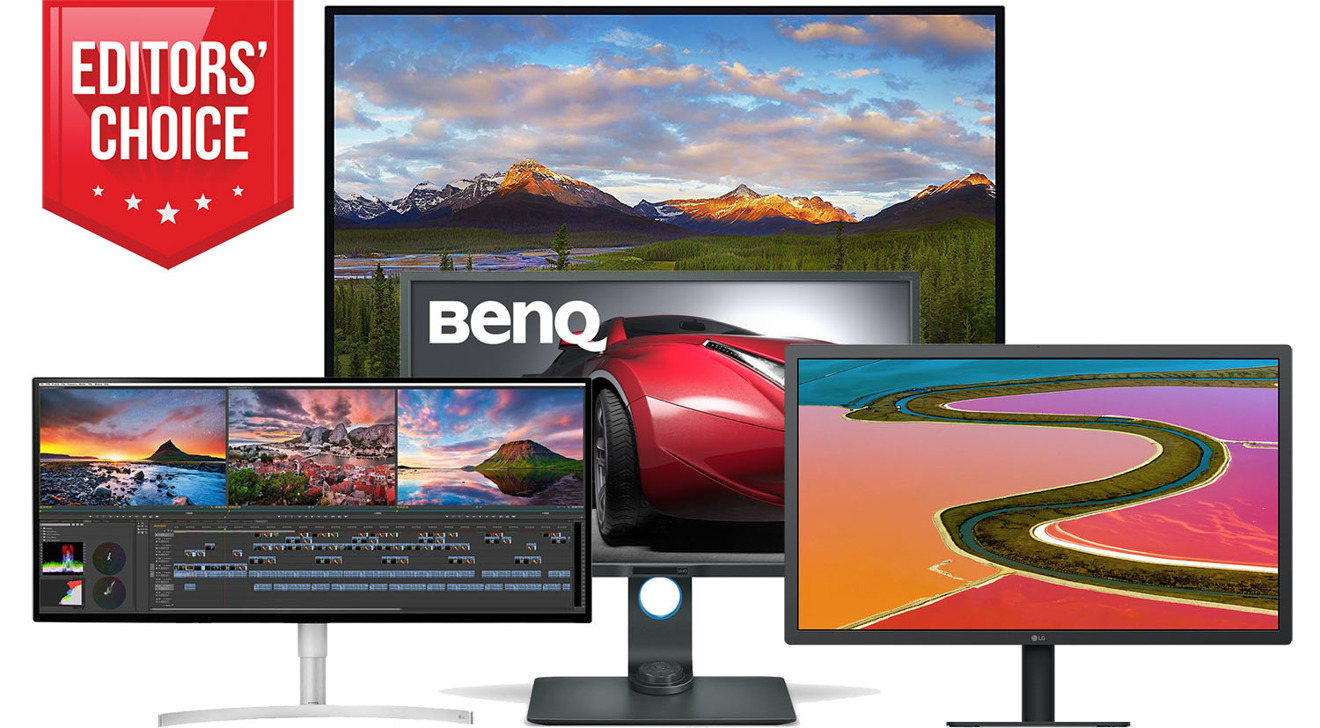

- Output 1080p to 4k monitor mac mac os x#
- Output 1080p to 4k monitor mac pro#
- Output 1080p to 4k monitor mac mac#
- Output 1080p to 4k monitor mac windows#
It’s old and more of a “workstation” monitorįirstly I tried just connecting the TS3 dock to the left side TS3 port with the dual monitors: I have a 3rd spare Dell 1080p 60hz 27” monitor that only has HDMI output. The first monitor is a Dell 1440p 144hz gaming monitor, the other is an LG Ultragear 34” Ultrawide, 1440p 144hz. I have two monitors connected to a CalDigit TS3 dock, one from HDMI to USB-C and the other with HDMI to DP
Output 1080p to 4k monitor mac pro#
I have a 14″ M1 Pro and I just tested it, here are some results: The following in-depth description of real-world experimentation with a MacBook identical to HerrAusragend’s illustrates it:
Output 1080p to 4k monitor mac mac#
But for the price, if you’ve got a Mac that can use it and need for more screen real estate, it’s a relatively cheap way to add a massive amount of pixels to your setup.Part of the confusion people suffer owes to the fact that there’s more than one way to set up external monitors.

I’ve been using it for several weeks, and while I like it a lot, it does take up a lot of my desk (both horizontally and vertically). Super-large monitors aren’t for everyone-honestly, I’m not sure this one’s for me yet. This can get tiring after a while I find myself using keyboard shortcuts whenever I can, as well as switching directly to the window I wish to access, either via the Dock’s contextual menus or via our own window switching utility, Witch. I regularly lose track of where my cursor is hiding amongst all those pixels.Īnd while we’re on mouse-related items, a big screen requires lots of cursor movement: Getting from one side to the other takes about three swipes of my trackpad. I found the fixed angle fine on my desk, but a wall mount would provide more flexibility.īig screens do make it easy to lose the cursor, however you’ll probably want to use a tool like Mouseposé or similar that lets you call out the cursor’s location via a hot key. The Seiki comes on a fixed stand you can’t adjust tilt or swivel without pivoting the entire set. For me, though, I’m doing much less moving about, as my pixels are now much closer together horizontally. If you’re not used to big and/or multiple displays, you may find the required head movements tiring. When I need to edit a graphic, or work in Excel or Pages or some other “big” app, I’ll open it in this section on the big display, sizing it as needed for the project-if I need the pixels, I’ll cover Mail and everything else, but generally, I try to keep Mail visible at all times.
Output 1080p to 4k monitor mac mac os x#
To the right, I keep my “accessory” apps, such as my Twitter client, Messages, a small Bus圜al window, and some floating widgets (which I float above all via this ancient Mac OS X Hints tip). Mail is super-sized to show lots of messages while still displaying a large preview window. This lets me see about 35 one-line summary emails, along with a preview pane that’s large enough even for truly epic-length messages. As such, I’ve devoted the left third of the screen to a huge Mail window (in OS X’s Classic view).

So that’s the theoretical what about the actual? In my day-to-day work, email is critically important to me (as it’s our customers’ primary method of interaction). That’s an incredible amount of information on one display. Instead, this is simply to demonstrate what’s possible in that number of pixels: six 1024×768 browser windows, a BBEdit document window, a Finder window, and then Mail, Maps, and Calendar along the bottom of the screen.
Output 1080p to 4k monitor mac windows#
Information overload! If you wish, you can pack an incredible number of windows into a 4K display’s available pixels. As for how I’m actually using it on a daily basis…I can tell you it’s not as seen in this screenshot.


 0 kommentar(er)
0 kommentar(er)
